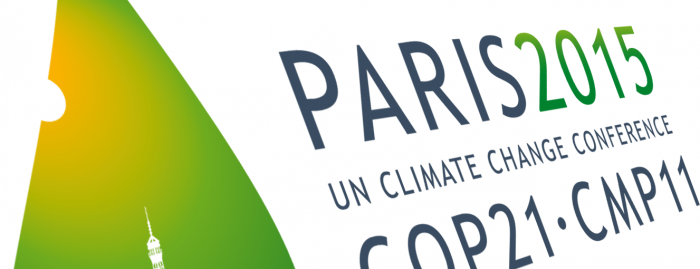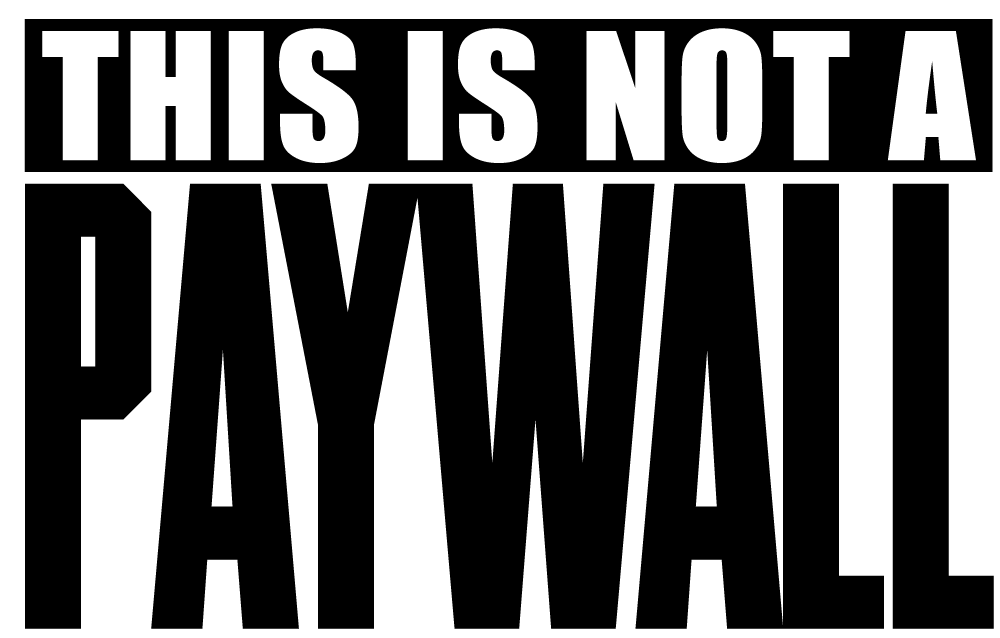The Paris climate conference, also known as COP 21, takes place from November 30 to December 11, 2015 in Paris, France.
The Paris climate conference is organized by the United Nations under the United Nations Framework Convention on Climate Change (UNFCCC), which is an international treaty that began in 1992.
At a 1992 UN conference held in Rio de Janeiro, country members to the United Nations agreed to develop an international treaty that would tackle the global issue of climate change by stabilizing the amount of carbon emissions the world produces every year. As of 2014, there are 196 signatories to the UNFCCC treaty.
Since 1992, there have been ongoing negotiations amongst member countries on how best to reduce global greenhouse gas emissions to a level that will prevent the global average temperature from rising about 2 degrees Celsius, which scientists say is the threshold we must not cross if we want to avoid the most catastrophic impacts of climate change and atmospheric disruption.
These ongoing climate change negotiations are punctuated by major events called "Conferences of the Parties" or COPs, which are the annual meetings of all the member countries to check in on progress and negotiate in person. The last COP was held in Lima, Peru, in December of 2014 and was called COP-20 because it was the 20th such meeting.
COP-21 is being held in Paris, France, from Nov. 30 to Dec. 11th and it is a very important meeting, because the world's leaders agreed that this particular event would forge a new legally binding agreement on climate change action commitments. The last such major negotiation of this level was COP15, held in December 2009 in Copenhagen, Denmark.
While the climate treaty document is complicated, there are three major elements you need to know about:
- Mitigation: This deals with each country's commitment to reducing greenhouse gas emissions. Each country is asked to come to the negotiating table with a commitment on how much greenhouse gas they aim to reduce from human sources (i.e. coal plants) in their country and by what date. In the treaty document there is also something called a "ratchet mechanism," which means that beyond each country's overall carbon reduction commitment, they are also being asked to commit to regularly scheduled check-ins on progress to make sure everyone is on track to meeting their goals, and also open to the possibility to "ratchet" up that goal to be more ambitious.
- Adaptation: Countries at the Paris climate conference will be asked to put forward their commitments to actions that will help the world adapt to the impacts of climate change, such as sea level rise, drought and extreme weather events.
- Climate Financing: many of the countries most vulnerable to the impacts of climate change are also the poorest. The Green Climate Fund was set up as part of the UNFCCC negotiations process with a goal of raising $100 billion from both the public and private sector by 2020 to help the most vulnerable countries adapt to the impacts of climate change, as well as put in place their own greenhouse gas mitigation plans. The wealthiest countries at the negotiations will be pressured to contribute more money to the Green Climate Fund.
DeSmogBlog will have a team on the ground reporting at the Paris climate conference, so be sure to check back on this page often for our latest reporting during this important global event.


